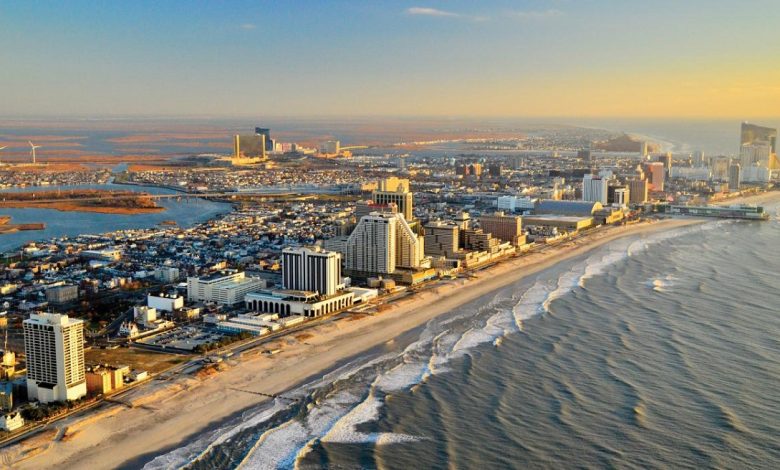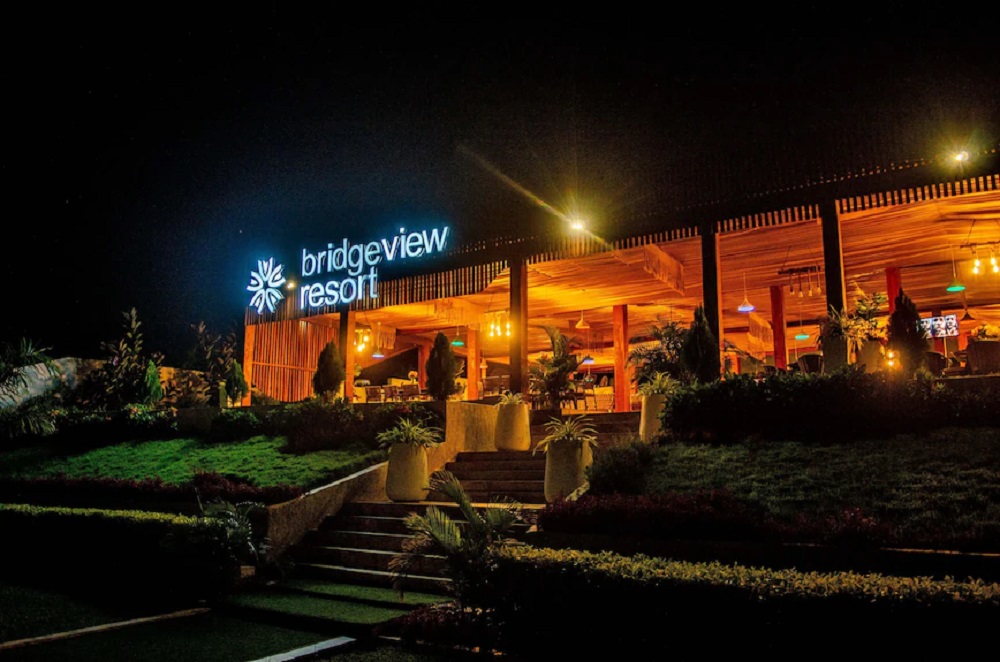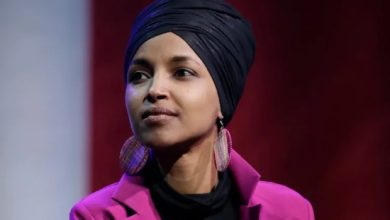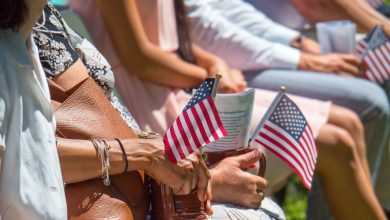Internal Migration Patterns of Arabs and Muslims Within the United States: Trends and Influences
Understanding Where and Why Arab and Muslim Communities Relocate Across U.S. Cities and States

Arabs and Muslims in the United States represent a diverse and dynamic community with distinct migration patterns within the country. While the U.S. is known for its immigrant communities settling initially in gateway cities, internal migration—relocation from one state or metropolitan area to another—has increasingly shaped the demographic and cultural landscape of Arab and Muslim populations.
Key Destinations for Internal Migration
-
From Gateway Cities to Suburban and Secondary Cities:
Traditionally, large cities such as Detroit (Dearborn), New York City, Los Angeles, and Chicago have been primary hubs for Arab and Muslim immigrants. However, there has been a growing trend of families and individuals moving from these high-density urban areas to suburban neighborhoods and smaller metropolitan regions offering more affordable housing, better schools, and perceived safety. For example:
-
Detroit-area Arabs have moved to suburbs like Dearborn Heights and West Bloomfield.
-
New York-area Muslims often relocate to suburbs in New Jersey and Long Island.
-
Chicago’s Arab and Muslim communities are expanding in suburbs such as Bridgeview and Arlington Heights.
-
Southern and Southwestern States as Emerging Destinations:
States like Texas (Houston, Dallas), Georgia (Atlanta), and Virginia (Northern Virginia) are attracting increasing numbers of Arabs and Muslims. Factors include economic opportunities, growing ethnic communities, and religious institutions such as mosques and cultural centers. The greater Houston area hosts a significant Muslim population, with robust community infrastructure, which encourages internal migration from northern states. -
Migration to Affordable and Opportunity-Rich Regions:
The rising cost of living in traditional immigrant hubs has prompted many Arab and Muslim families to seek regions with lower housing costs and job prospects. Cities like Raleigh-Durham (North Carolina), Columbus (Ohio), and Minneapolis-St. Paul (Minnesota) have become notable centers due to growing communities, educational opportunities, and economic growth.

Drivers of Internal Migration
-
Economic Factors: Job availability, cost of living, and housing affordability remain the most critical factors. Many Arab and Muslim families pursue better employment prospects and homeownership outside of expensive urban centers.
-
Community and Religious Networks: The presence of mosques, Islamic schools, halal markets, and Arab cultural organizations plays a vital role in attracting families to specific locales. Religious and social support structures ease assimilation and maintain cultural identity.
-
Education and Safety: Families prioritize access to quality education and safer neighborhoods, influencing moves to suburban or less congested areas.
-
Second-Generation Mobility: Younger generations of Arab and Muslim Americans often relocate for college, career opportunities, or lifestyle preferences, contributing to dispersal across the country.
Statistical Overview and Confirmed Findings
According to data from the Pew Research Center and U.S. Census Bureau’s American Community Survey (ACS):
-
The Arab American population exceeds 3.7 million, while Muslims in the U.S. number about 3.45 million as of recent estimates.
-
States with the largest Arab populations include Michigan, California, New York, Florida, and Texas, but internal migration has increased populations in states like North Carolina and Virginia.
-
Between 2010 and 2020, there was notable growth in Arab and Muslim populations in suburban counties surrounding metropolitan areas, confirming the suburbanization trend.

Internal migration among Arabs and Muslims in the United States reflects broader patterns of economic mobility, cultural preservation, and community building. While initial settlement concentrated in major gateway cities, the shift toward suburban and emerging metropolitan areas indicates a maturing and economically integrated population seeking improved living conditions while maintaining strong cultural and religious ties.



